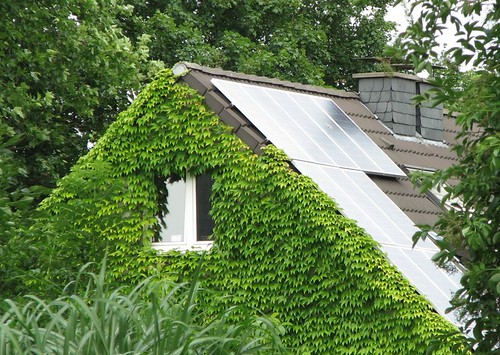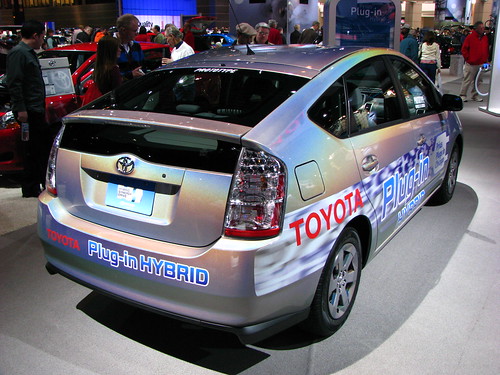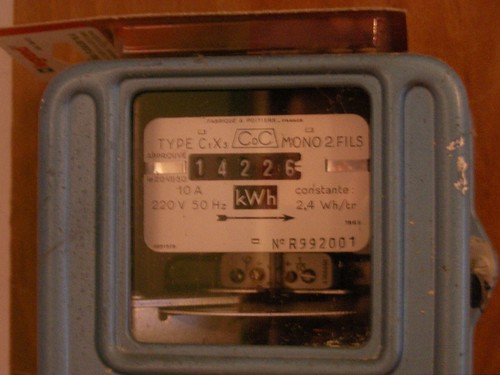
Photo Credit benefit of hindsight
Microgeneration, the generation of electricity by home owners, is becoming increasingly common, especially with the cost of energy going up and the cost of wind turbines and photovoltaic panels for the home falling.
The majority of people deploying these solutions are doing so to 1) lower their home energy bills and 2) to help the environment.
What if I told you that often installing microgeneration equipment does not help the environment?
Bear with me while I try to explain. This is complex, counter-intuitive and I am not the world’s best communicator!
Grid operators have problems integrating renewable energy sources onto the grid right now because they are a variable source of supply. Couple that with the variability of demand and your grid starts to become increasingly unstable.
By far the most economic renewable energy source currently is wind but wind energy’s supply curve is often almost completely out of phase with demand (wind blows stronger at night when there is least demand for energy).
The more renewables that are brought onto the grid, the greater an issue this becomes with grid operators having to shut down production from wind farms in times of oversupply! Bear in mind also that there has to be enough generation capacity from non-wind sources (oil, gas, coal, nuclear, etc.) to pick up the slack on days when the wind doesn’t blow.
In times of oversupply from renewables, it would be far preferable to be ramping up consumption of energy using moveable loads, rather than shutting down production from renewables.
Now consider the home-owner who has deployed their own wind turbine. At times when the wind is blowing this home-owner is generating power thereby reducing their demand just when there is an oversupply on the grid! And if they have a net metering agreement with their utility, they further exacerbate the problem by pumping extra electricity into the grid, just when it isn’t required!
Conversely, on calm days, when extra energy is most needed, micro-generation contributes nothing.
There are two main problems:
1. There are no economic energy storage technologies currently available – though this situation is evolving rapidly with the ramping up of investment into battery research by the transportation industry in particular and
2. Real-time pricing data for electricity generation are not exposed to the consumer – if they were, and automated demand response mechanisms were put in place, you would see a radical shift in the energy consumption curve (people would consume energy when it was cheaper – i.e. when it is abundant).
If these two nuts were cracked i.e. economic energy storage mechanisms were available and real-time pricing data were exposed, micro-generators could generate energy when the wind blows, store it and then profitably sell it back to the grid when demand increases, or the wind drops.
For now though, while microgeneration may be beneficial in reducing your energy bills, it is of no benefit to the environment.
Note that I didn’t address CHP in this post because I was trying to keep things simple! CHP can be beneficial, as can any microgeneration, if the production of energy increases in line with the price of electricity.
As the price of electricity goes up, so too does its carbon footprint. If you consume electricity when it is cheap, you are facilitating the greater penetration of renewables onto the grid. If, as a micro-generator, you can produce clean power when electricity is expensive, then you are helping the environment.
UPDATE: Just to clarify, I fundamentally believe microgeneration is a good thing. However, given the current antiquated state of the grid in many countries, the disconnect between generation and demand profiles for wind particularly, and the lack of decent energy storage technologies, the environmental benefits of microgeneration are far from straightforward. This will change as energy storage options improve and demand response mechanisms and smart grids are deployed.





